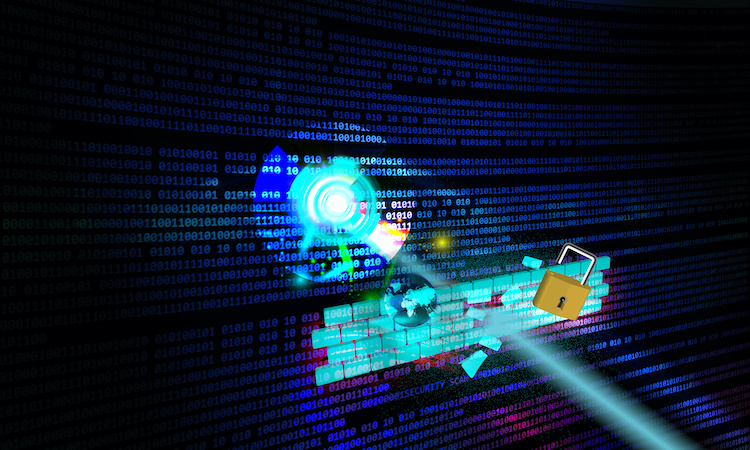
Emerging Security Technology Trends for Corporate Environments
Revolutionizing Access Control Systems for Enhanced Security
Access control systems have come a long way, and their evolution continues to reshape corporate security services and business security solutions. Traditional methods like keycards and PINs are giving way to biometric authentication and mobile access control. These innovations not only bolster workplace safety measures but also streamline employee access.
Biometric access control, leveraging fingerprints, facial recognition, and even iris scans, provides an unmatched level of security. Such systems are nearly impossible to replicate or bypass, ensuring that only authorized personnel gain entry. Moreover, mobile access control allows employees to use their smartphones as keys, improving convenience while maintaining robust security protocols. These technological advancements represent the future of access control, making corporate security more efficient and effective.
Artificial Intelligence and Threat Detection
Harnessing AI for Proactive Threat Detection and Prevention
In the realm of corporate security, artificial intelligence (AI) is a game-changer. AI-driven threat detection and prevention tools are becoming increasingly sophisticated, empowering businesses to stay one step ahead of potential risks. Machine learning algorithms analyze vast amounts of data from security monitoring and surveillance systems in real-time, identifying anomalies and potential threats.
The advantage of AI-powered threat detection is its ability to adapt and learn. These systems continuously evolve, becoming more precise with each analysis. Whether it’s identifying unusual behavior patterns in access control systems or detecting cyber threats through network monitoring, AI plays a pivotal role in corporate risk management. It enables organizations to proactively respond to security incidents, mitigating potential harm and protecting critical assets.
Cybersecurity Fortification
Strengthening Cybersecurity for Businesses in an Era of Threats
In an increasingly digital landscape, cybersecurity for businesses is a top priority. As cyber threats evolve, so do the tools to combat them. Advanced security technology integration is essential to fortify corporate data protection. Next-generation firewalls, advanced endpoint protection, and security information and event management (SIEM) systems are becoming staples in corporate security protocols.
Moreover, employee background checks and cybersecurity awareness programs play a crucial role in building a robust cybersecurity foundation. Educated and vigilant employees are the first line of defense against cyberattacks. The future of cybersecurity lies in a comprehensive approach that combines technology, employee training, and continuous security risk assessments to stay ahead of evolving threats.
Enhanced Monitoring and Surveillance
Elevating Security Monitoring and Surveillance for Comprehensive Protection
Security monitoring and surveillance systems are undergoing a transformative shift. High-definition cameras with advanced image recognition capabilities, coupled with IoT devices, are creating a comprehensive surveillance ecosystem. This technology integration allows for real-time tracking of individuals and assets within corporate environments, enhancing physical security measures.
Furthermore, video analytics powered by AI can automatically detect and respond to security incidents. Whether it’s unauthorized access attempts or suspicious behavior, these systems can trigger alarms and alerts, enabling swift security incident response. The future of security monitoring and surveillance lies in its ability to not only capture footage but also provide actionable insights, elevating corporate security services to new heights.
Seamless Integration and Business Continuity
The Role of Integration in Business Continuity Planning
In today’s corporate security landscape, integration is key. All the mentioned security technology trends, from access control systems to AI-driven threat detection, must seamlessly work together to provide a holistic security solution. Integrated systems ensure that security protocols are comprehensive, responsive, and efficient.
Moreover, integration plays a crucial role in business continuity planning. In the event of a security incident, integrated systems can facilitate rapid response, minimizing downtime and potential losses. Access control, threat detection, and cybersecurity measures must be integrated to create a unified front against security threats. The future of corporate security services lies in the harmonious synergy of these technologies, ensuring the protection of assets, data, and, most importantly, people.
Embracing Security Technology’s Evolution
As technology continues to advance, so do the possibilities for corporate security. The integration of AI-driven threat detection, advanced access control systems, fortified cybersecurity measures, and enhanced monitoring and surveillance not only strengthens workplace safety measures but also empowers corporate risk management strategies.
To thrive in the evolving landscape of corporate security services, businesses must embrace these emerging trends. By doing so, they position themselves at the forefront of protection, ensuring the security and resilience of their corporate environments.



